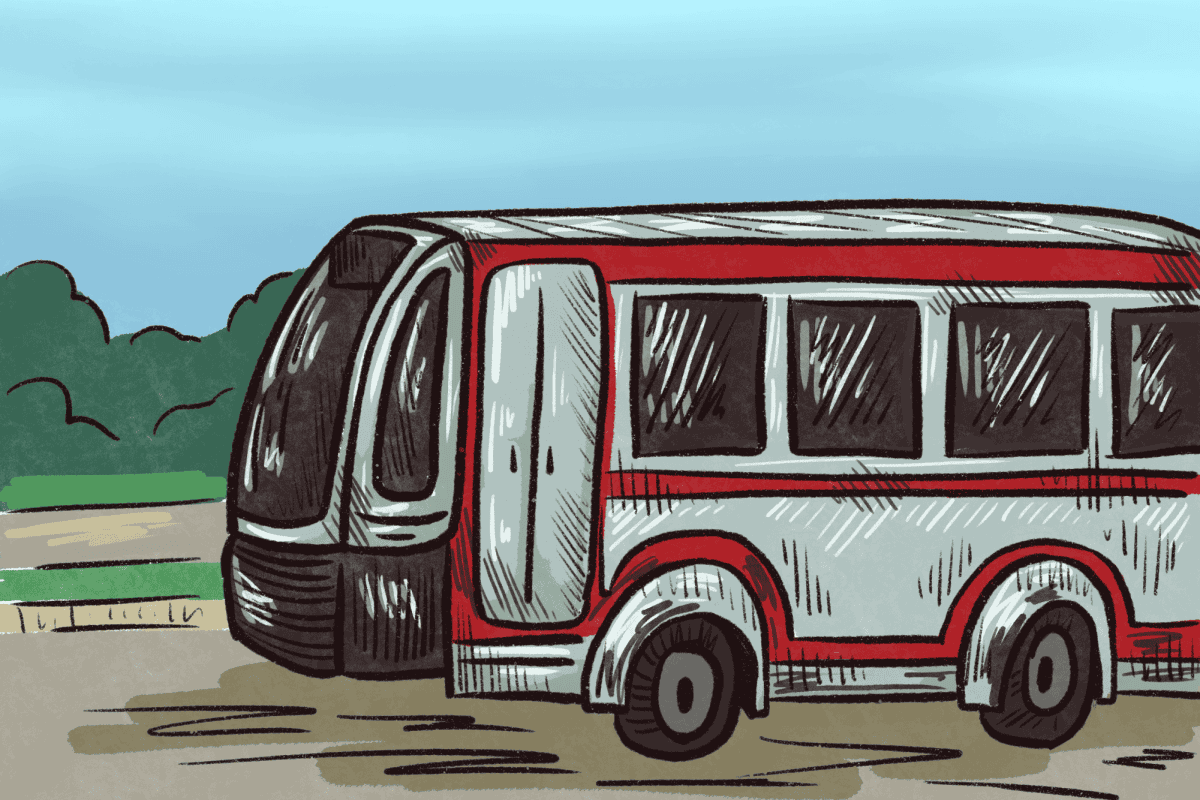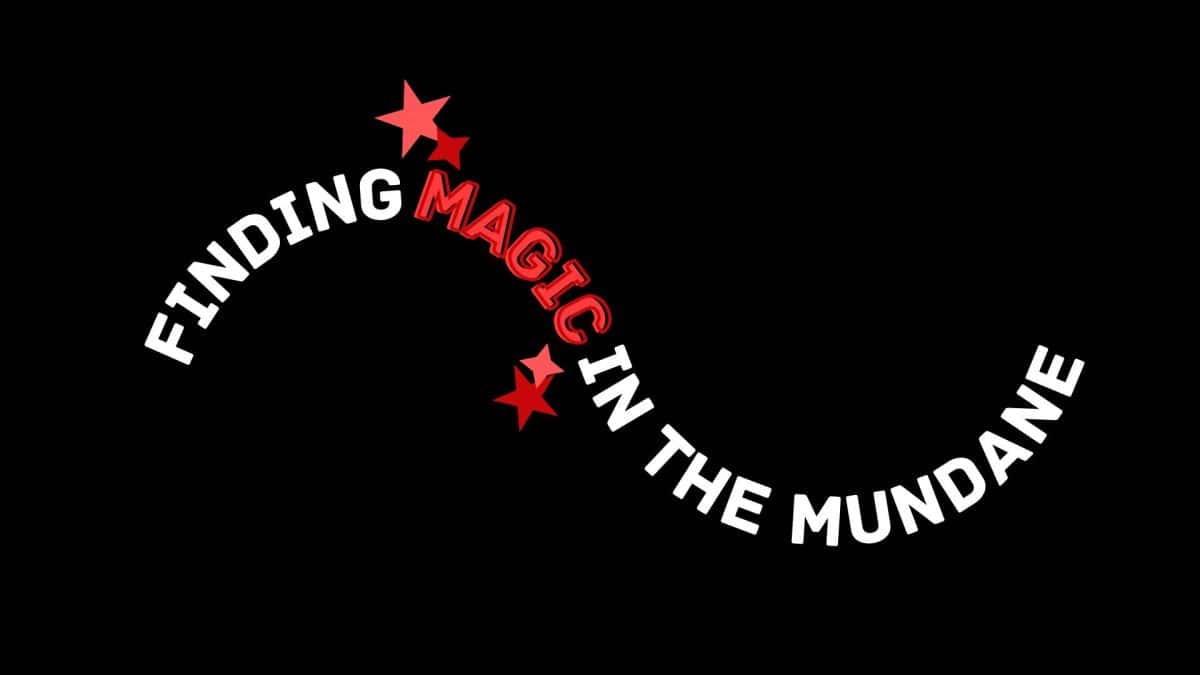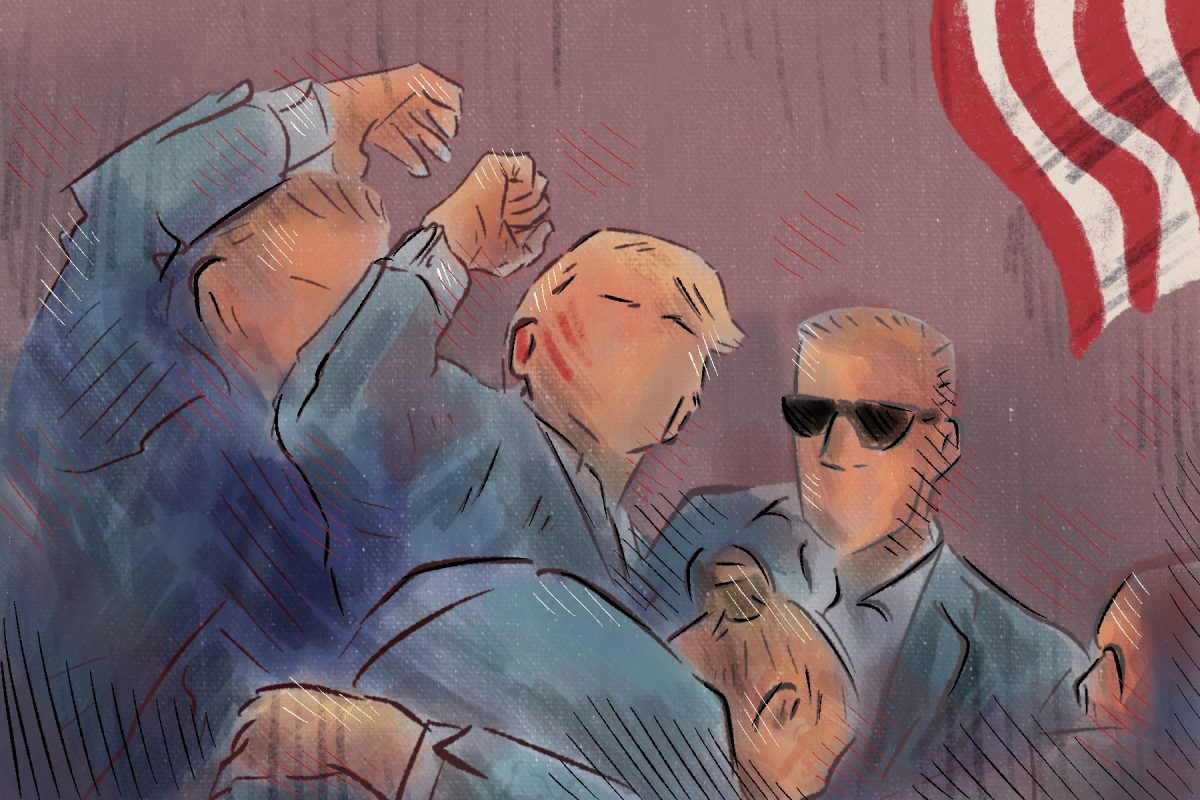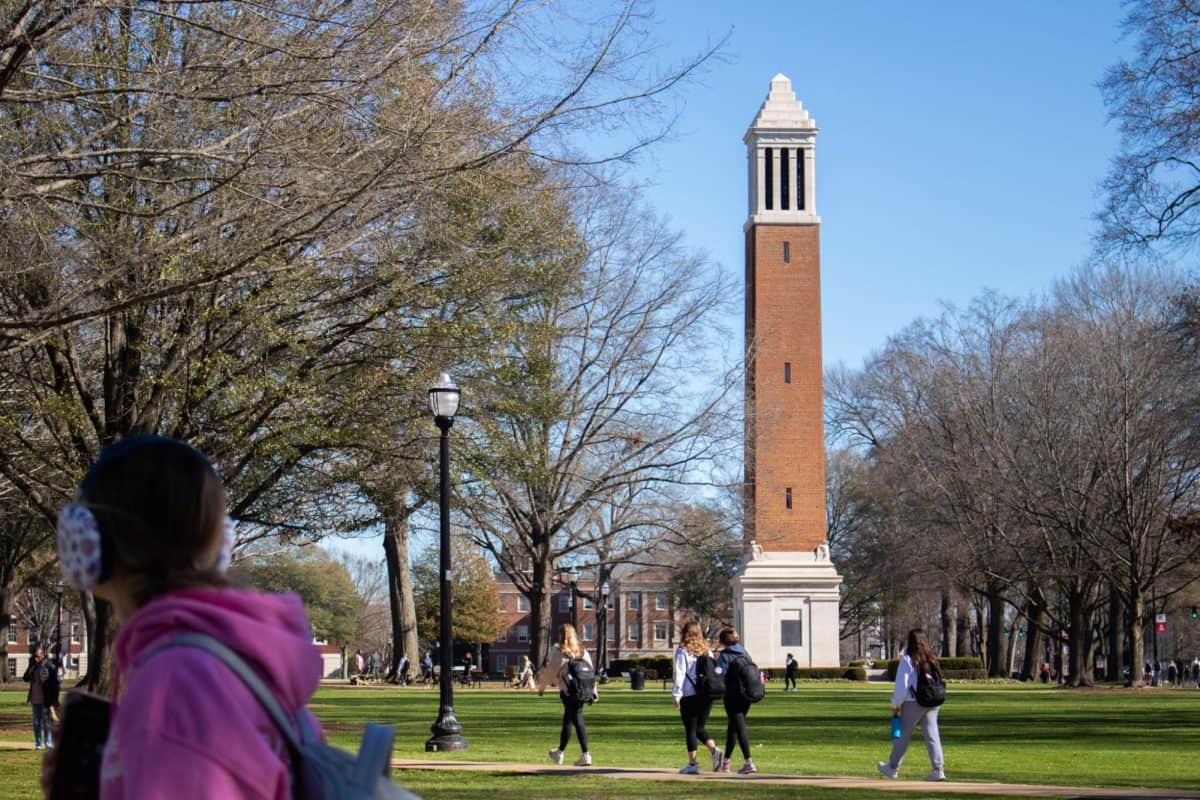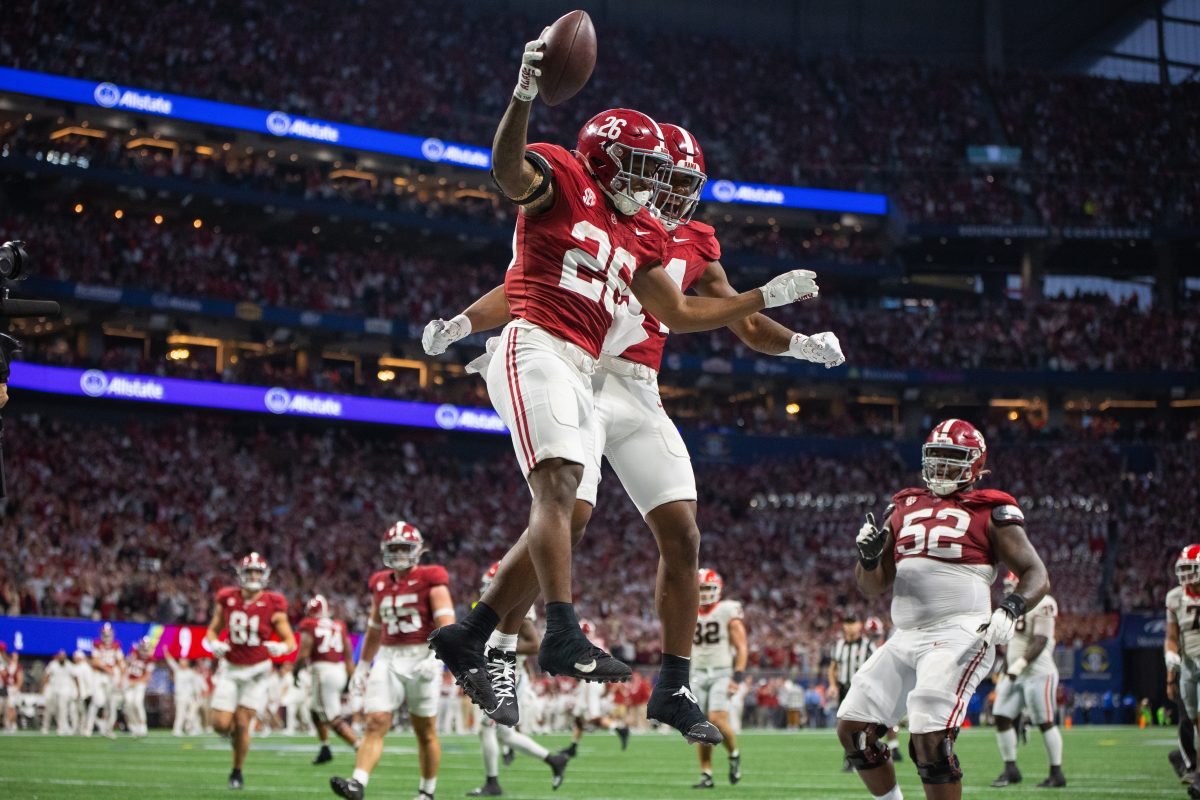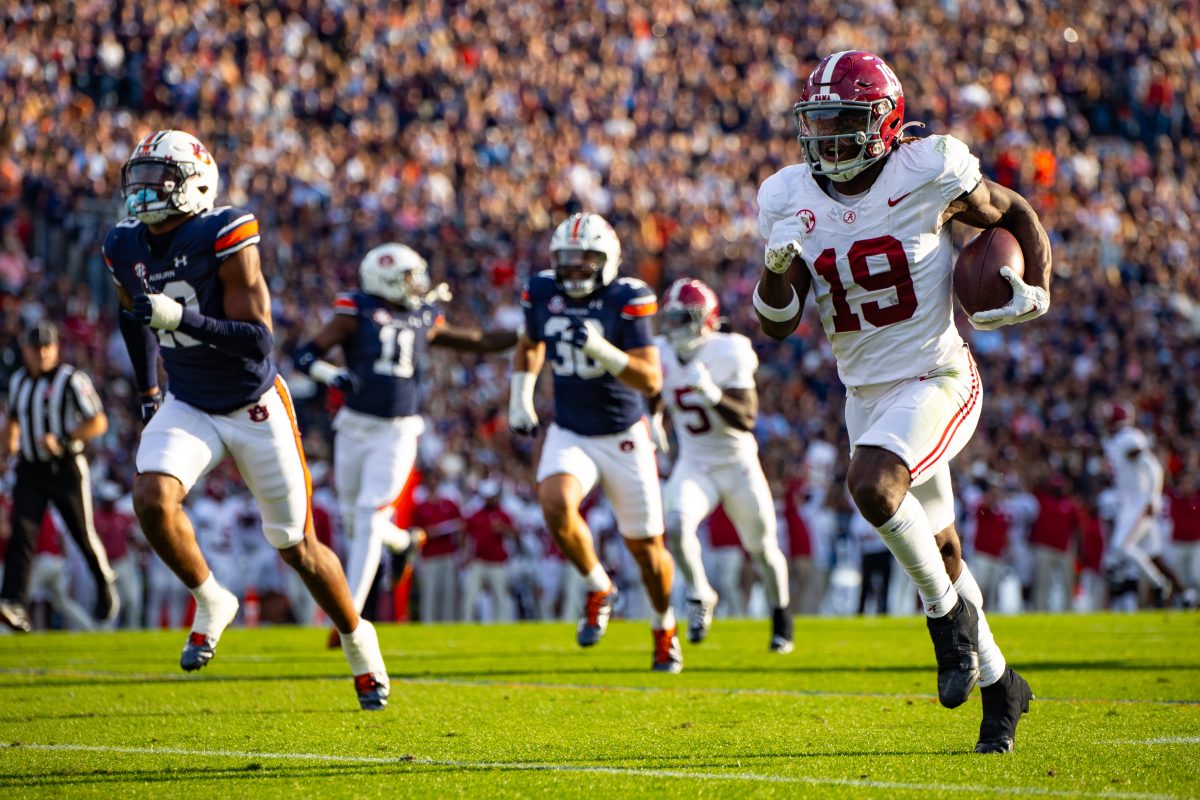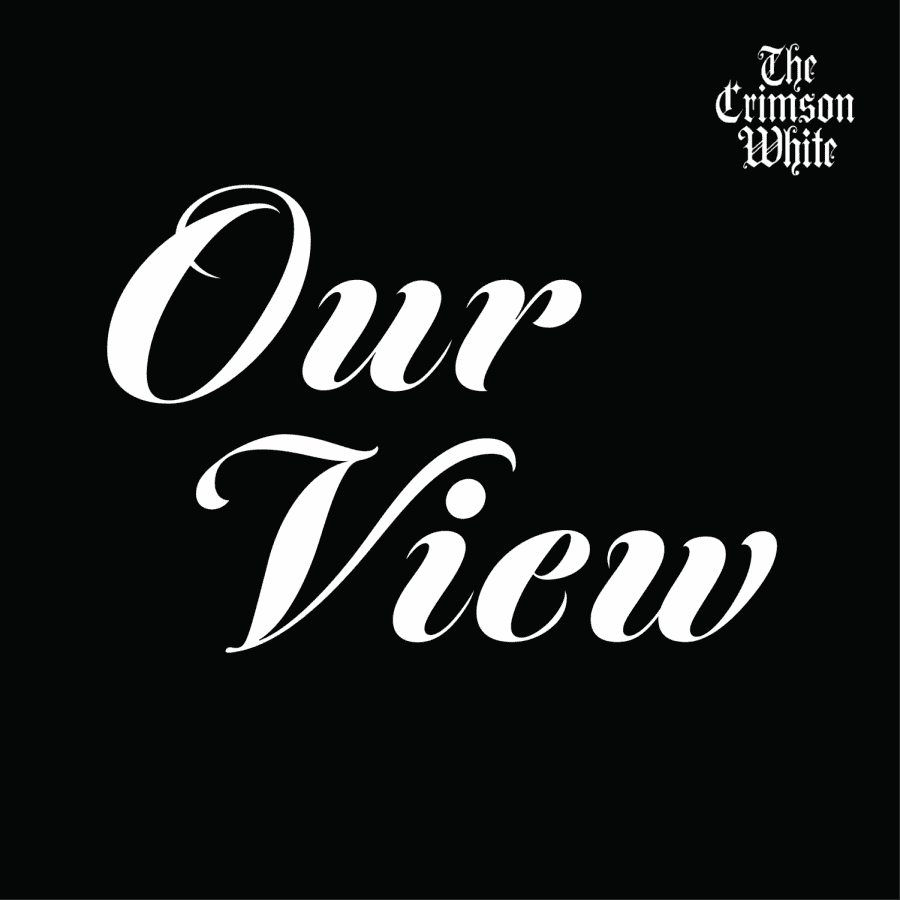Transportation has been regarded as the largest environmental threat since the 1960s, when Arie Haagen-Smit, a California researcher, discovered smog’s nature and causes looming over Los Angeles.
Soon after this realization, the Environmental Protection Agency began regulating vehicle emissions. Under the authority of the 1970 Clean Air Act, the EPA was tasked with reducing automobile emissions by 90% by 1975.
Initially, the EPA focused solely on nitrous oxide emissions, setting more stringent restrictions throughout the 1980s, before widening its view to include other greenhouse gases like carbon dioxide, the greatest contributor to warming associated with vehicles.
While grappling with the current and further impending warming, sustainability in transportation is essential. The ongoing transition to electric vehicles received overwhelming backlash from industry and autoworkers, prompting the Biden administration to slash its projected 67% adoption of electric vehicles by 2032 to 35%.
The EPA has since focused its efforts on a “technology-neutral” approach, looking at gas-electric hybrids as a compromise for cutting emissions while still promoting the automotive industry. While the rules have been softened, the EPA still predicts a dramatic emission reduction.
Even with the progress toward electric vehicles, there’s more that could and should be done at the community level, especially regularly using public transportation.
Buses and trains are capable of cutting greenhouse gas emissions by two-thirds compared with private transportation and the U.S. public transportation systems already save 37 million metric tons of carbon dioxide each year. On average, every mile driven in a private vehicle emits almost one pound of carbon dioxide.
We’re building and exporting more and more cars, like the $11 billion worth of vehicle exports from Alabama alone in 2023, that we have to account for by also building more roadways. Each additional bus could mean up to 30 fewer cars on the roads at a given time.
In 1998, the Tuscaloosa Transit Authority made the switch to its iconic illusory trolleys after a study it conducted found that smaller and more economical buses were needed that also fit the historical aesthetics of the city. The buses are ElDorado Transmark RE buses painted to look like trolleys in a tip of the hat to Tuscaloosa’s past.
It seems the biggest reason that more people don’t utilize public transportation in Tuscaloosa is a lack of knowledge about its routes and how it works.
The Tuscaloosa Trolley runs seven different fixed routes through and surrounding Tuscaloosa, including a University Shuttle route designed to accommodate University students and employees. On the University Shuttle route, there is no fare for students with a valid UA ID.
Fares for all of the fixed routes are $1 in cash, and a reduced fare of 50 cents is available for K-12 students Monday through Friday from 6:30 a.m. to 8 a.m. and 2:30 p.m. until 4 p.m.
Adults over 60 with a senior card and those with a Medicare card may also receive the reduced fare during the trolley’s operating hours, 5 a.m. to 6 p.m., Monday through Friday for six of the seven routes. Route 5, which travels to and from Shelton State Community College, correlates with the college’s class schedules.
In 2019, the Tuscaloosa Trolley served just under 300,000 passengers, and it continues to be an asset to the community. But without proper ridership and interest in expanding its hours of operation, funding will decrease.
According to the American Public Transportation Association, 45% of American households can’t even access a mode of public transportation if they want to. Living in an area like Tuscaloosa where public transportation is available to use appears to be a luxury.
Integrating public transportation into our daily lives, a simple trade-off from a private vehicle would have massive long-term effects by decreasing air pollution and combating rising emissions.
With the convenience of the Go Tuscaloosa app, it’s easy to plan your local daily commutes around town by tracking the buses and their routes, and you can even access the arrival times of your bus. It’s eco-friendly, economical and easy.
Public transportation is one ride we must all get on to make it succeed and reduce our carbon footprints. Through collective actions and a drive toward sustainability, we can minimize emissions and enjoy a carefree ride.

